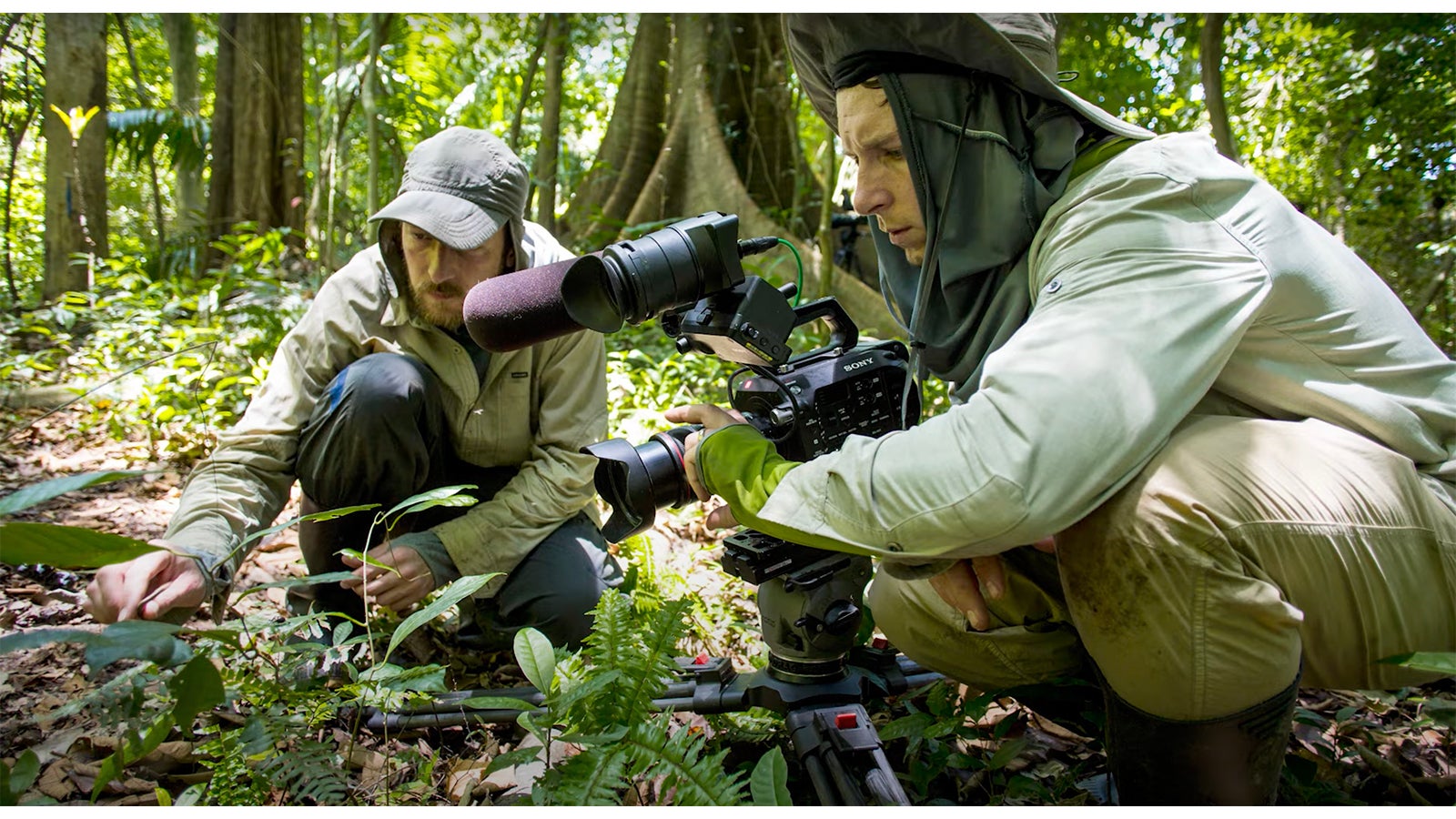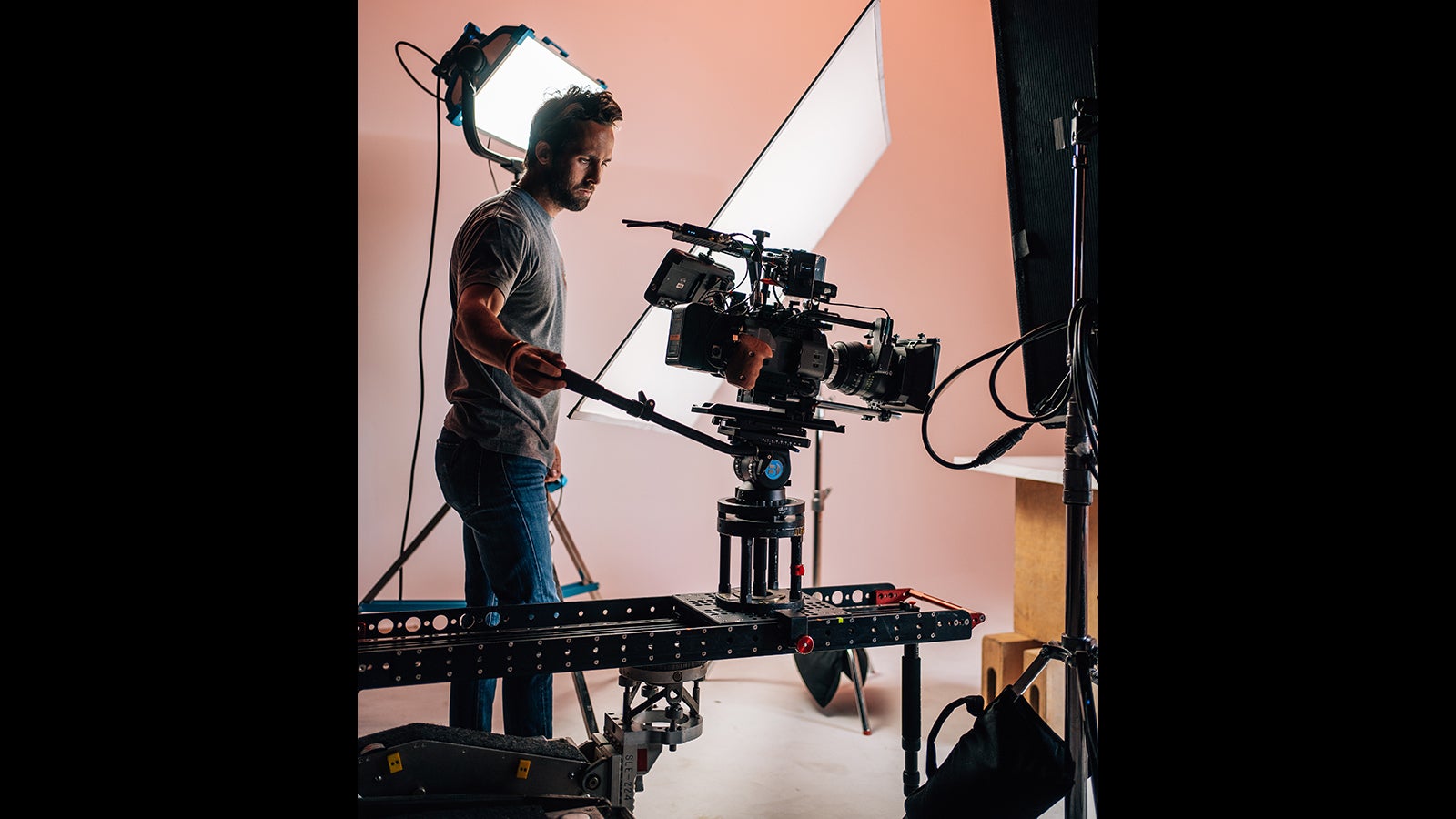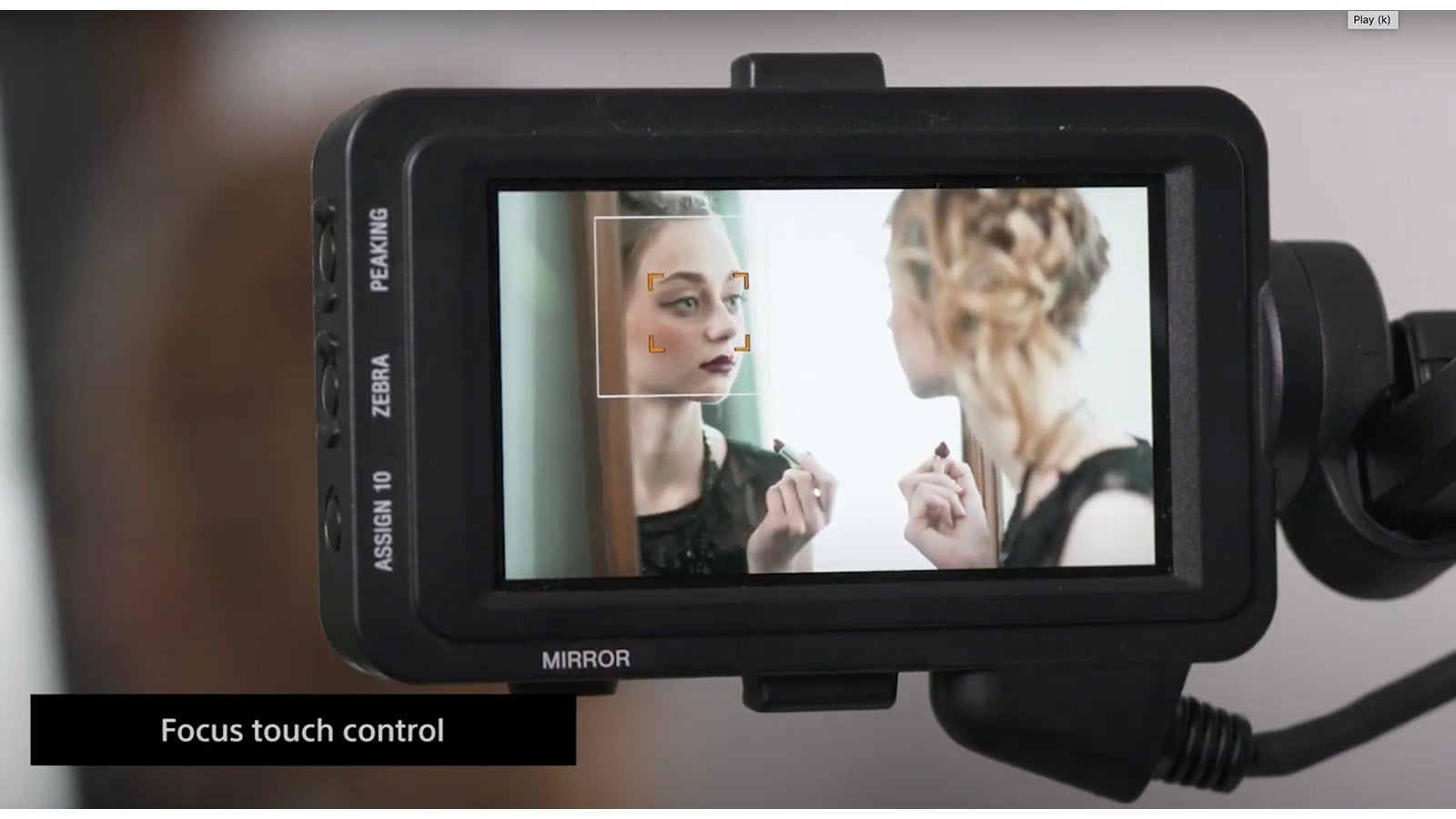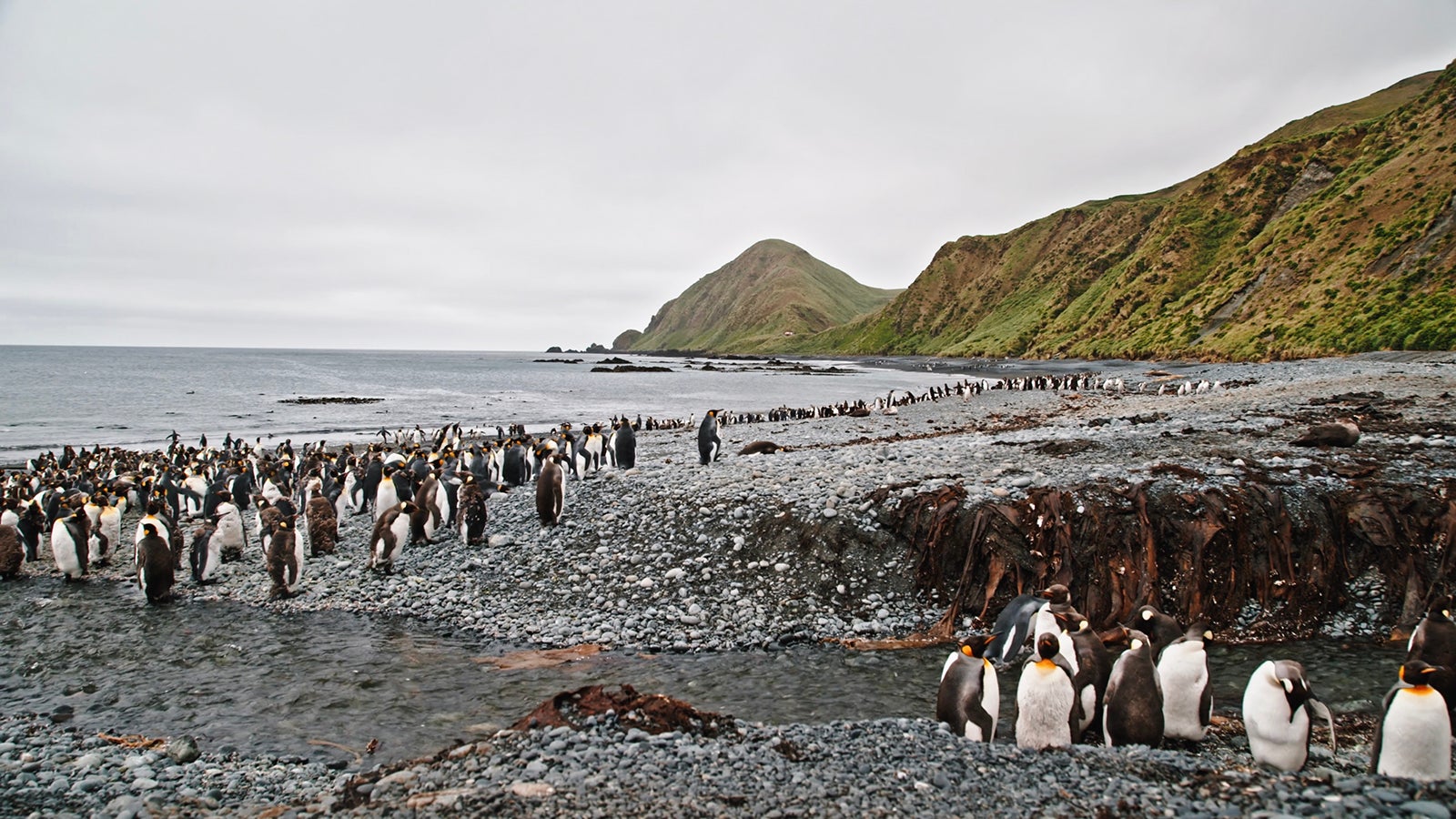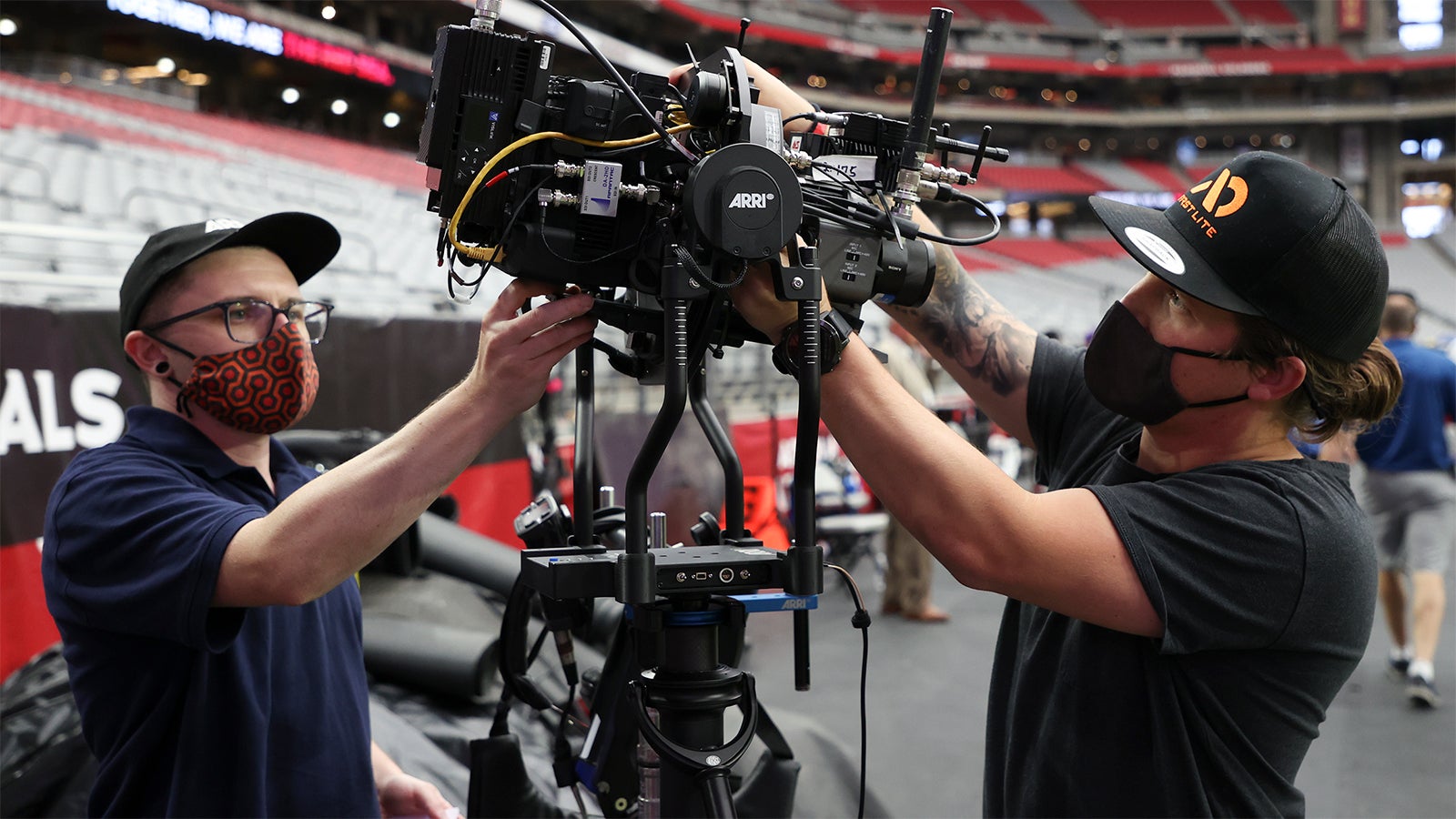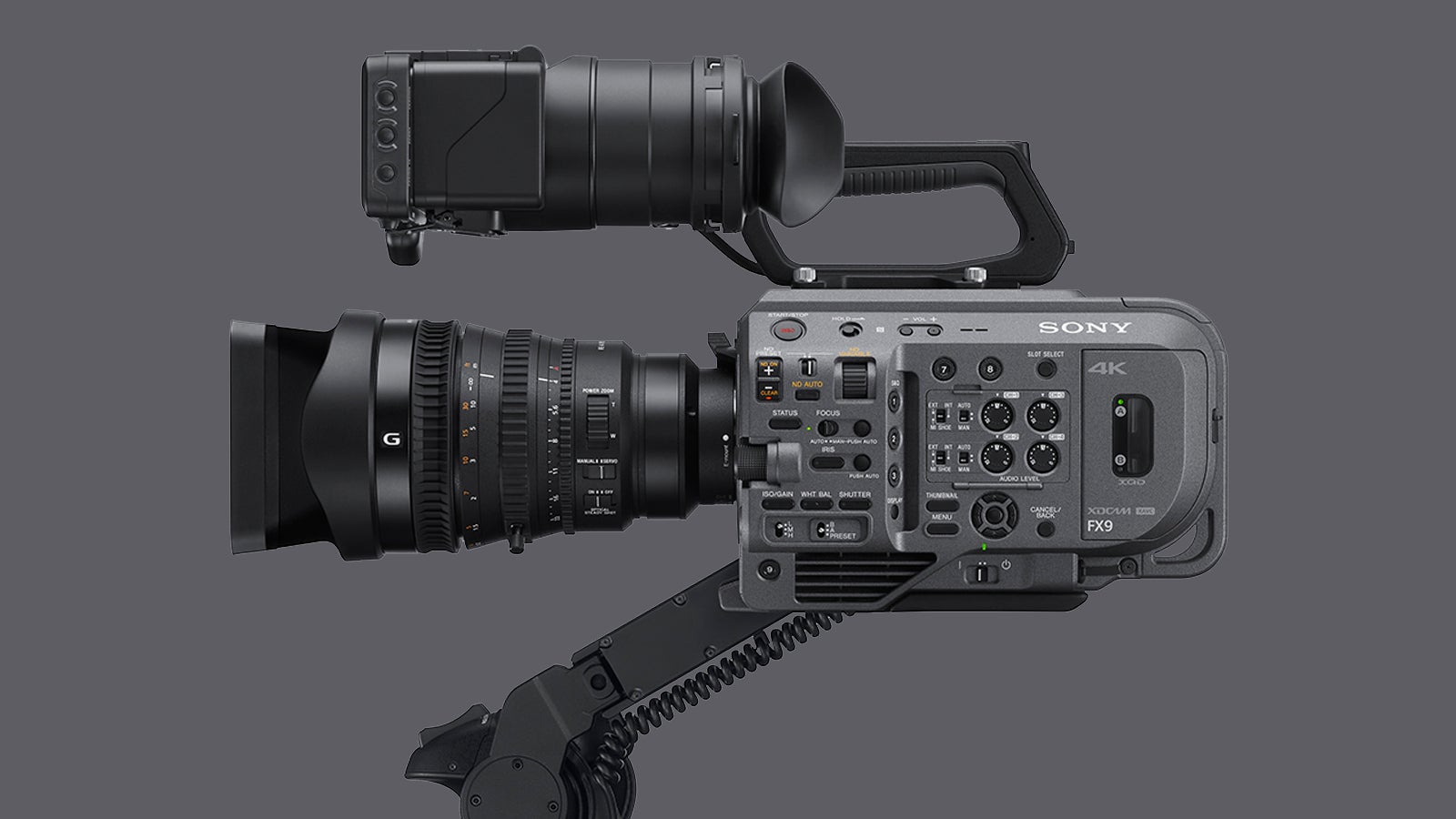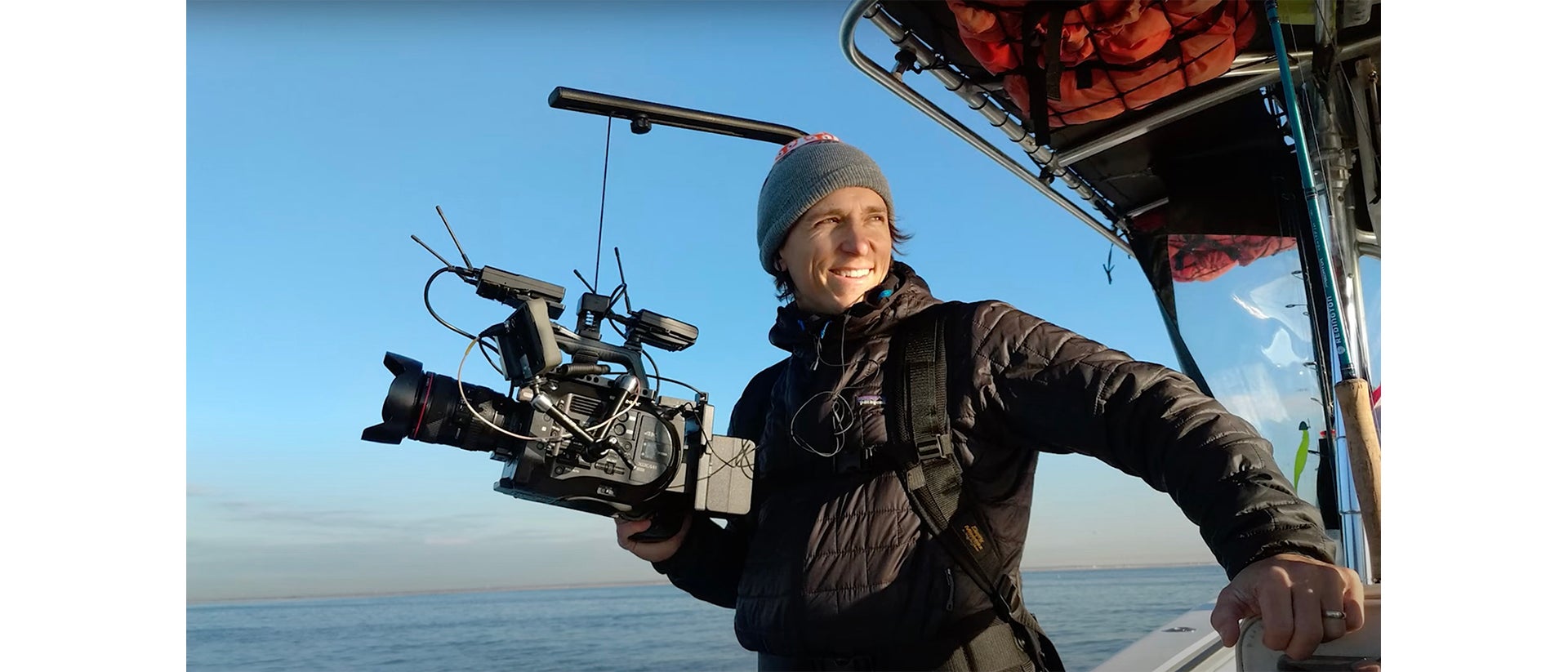
01-19-2022 - Gear, Technology
Shot on Sony - Behind the Scenes with Documentary Filmmaker Danny Schmidt
By: Tanya Lyon
Danny Schmidt is an award-winning director, producer, and cinematographer of non-fiction television, documentaries, and web-content. He has produced, directed, and photographed documentary films for clients including PBS, National Geographic, Netflix, HHMI BioInteractive, NASA, the National Science Foundation, and many others. Danny has won numerous awards for his cinematography – from an NW Emmy award for cinematography on the PBS film Indian Relay, best topical documentary for Finding Traction on Netflix, winner of this year’s Jackson Wild Grand Teton Award for his cinematography and special recognition for his work on a National Geographic Film on the Florida Wildlife Corridor. The film convinced the Florida legislature and governor to sign “The Florida Wildlife Corridor” bill into law and granted millions of dollars of funding to make a real impact on conservation.
Trained as both a scientist and a filmmaker from Montana State University and University of Utah, we caught up with the Salt Lake City-based filmmaker to find out more about his work and his experience using the Sony FX9.
